Home>Technology>Smart Home Devices>How To Calibrate Canon Printer
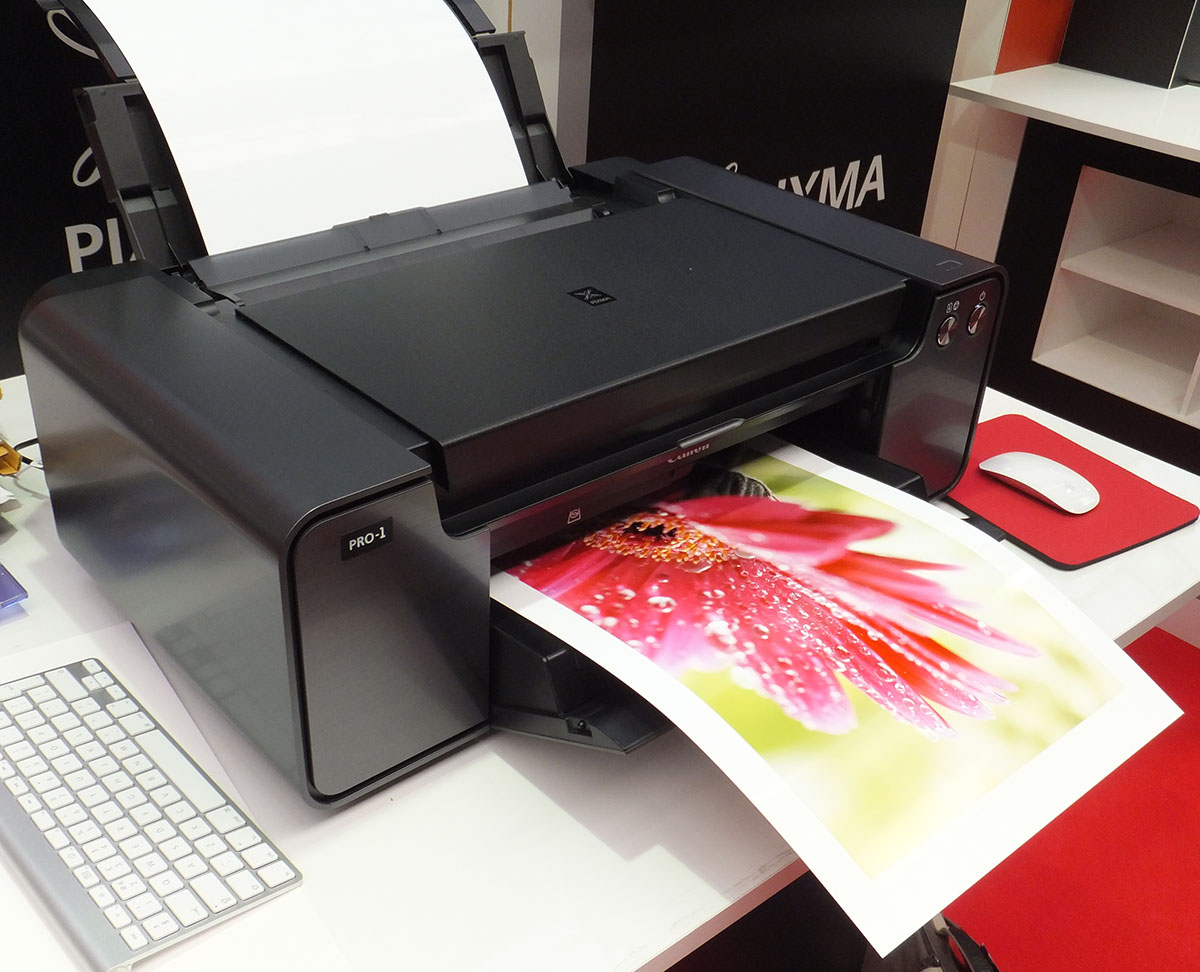

Smart Home Devices
How To Calibrate Canon Printer
Modified: January 14, 2024
Learn how to calibrate your Canon printer for optimal performance. Get step-by-step instructions and tips for smart home devices. Keep your prints looking sharp and clear!
(Many of the links in this article redirect to a specific reviewed product. Your purchase of these products through affiliate links helps to generate commission for Storables.com, at no extra cost. Learn more)
Introduction
Welcome to the world of smart home devices, where convenience and innovation intersect to redefine modern living. Among the myriad of smart home devices available, Canon printers stand out as versatile and reliable tools for bringing digital content to life in the physical realm. However, to ensure that your Canon printer consistently delivers high-quality output, it's essential to understand the significance of calibration and how to perform it effectively.
In this comprehensive guide, we will delve into the intricacies of calibrating your Canon printer, empowering you to optimize its performance and maintain superior print quality. Whether you're a seasoned professional or a tech-savvy enthusiast, mastering the art of calibration will elevate your printing experience to new heights.
So, let's embark on this enlightening journey to unravel the nuances of printer calibration and equip ourselves with the knowledge and skills to maximize the potential of our Canon printers.
Key Takeaways:
- Calibrating your Canon printer is like giving it a tune-up to make sure it produces accurate and vibrant prints. It’s like adjusting the settings on your TV to get the best picture quality.
- Before and after calibrating your Canon printer, you can do test prints to see if the colors and details look better. It’s like taking a before and after photo to see the difference.
Read more: How To Calibrate A Zebra Printer
Understanding the Importance of Calibration
Calibration is a critical process that ensures your Canon printer produces accurate and consistent output by aligning the device to predefined standards. By calibrating your printer, you effectively fine-tune its internal settings to match the intended color and image reproduction, resulting in vibrant, true-to-life prints.
One of the primary reasons calibration is essential for your Canon printer is color accuracy. Over time, environmental factors, such as temperature and humidity, can impact the performance of your printer, leading to deviations in color reproduction. Calibration mitigates these effects, preserving the fidelity of your prints and maintaining the integrity of your work.
Furthermore, calibration plays a pivotal role in achieving uniformity across multiple printing devices. Whether you have a single Canon printer or a fleet of units, calibration ensures that each device delivers consistent results, fostering a seamless and cohesive printing experience.
Moreover, calibration is instrumental in optimizing the performance of your Canon printer, enhancing its overall efficiency and longevity. By fine-tuning the printer's settings, you can minimize ink wastage, reduce print errors, and prolong the lifespan of the device, ultimately maximizing its value and utility.
Additionally, calibration empowers you to unleash the full potential of your Canon printer, allowing you to harness its capabilities for a diverse range of printing tasks. Whether you're producing vivid photographs, crisp documents, or intricate graphics, calibration ensures that your printer is primed to deliver exceptional results across various media types and formats.
In essence, calibration is not merely a technical procedure; it is a cornerstone of achieving excellence in printing. By understanding and embracing the importance of calibration, you can elevate the performance of your Canon printer and unlock a world of possibilities in the realm of digital and physical content creation.
Preparing Your Canon Printer for Calibration
Before embarking on the calibration process, it’s crucial to prepare your Canon printer to ensure optimal conditions for achieving accurate and consistent results. This preparatory phase sets the stage for a successful calibration endeavor and lays the foundation for maximizing the printer’s potential.
Clean the Printer: Begin by meticulously cleaning the exterior and interior of your Canon printer. Remove any dust, debris, or residual ink that may have accumulated, as these contaminants can interfere with the calibration process and compromise the quality of your prints.
Check Ink and Paper Levels: Verify that your printer has an adequate supply of ink or toner, as well as an ample stock of high-quality paper. Adequate ink and paper levels are essential for conducting calibration tests and ensuring seamless printing without interruptions.
Stabilize Environmental Conditions: Create a stable and conducive environment for your printer by regulating temperature and humidity levels. Fluctuations in these environmental factors can impact the performance of the printer, potentially affecting calibration accuracy and print quality.
Update Printer Firmware and Software: Ensure that your Canon printer’s firmware and accompanying software are up to date. Check for any available updates or patches that may enhance the printer’s functionality and compatibility with calibration procedures.
Perform Test Prints: Prior to calibration, produce a series of test prints to assess the current output quality of your Canon printer. This initial evaluation provides a baseline for comparison after calibration, allowing you to gauge the effectiveness of the calibration process.
Secure a Calibration Kit: Acquire a reputable calibration kit designed for Canon printers. These kits typically include specialized tools, software, and instructions tailored to the specific requirements of Canon printers, facilitating a streamlined and precise calibration process.
By diligently preparing your Canon printer for calibration, you set the stage for a seamless and effective calibration process, laying the groundwork for achieving optimal print quality and performance. With the printer primed and ready, you are poised to embark on the next crucial phase: calibrating your Canon printer to unleash its full potential.
Calibrating Your Canon Printer
Calibrating your Canon printer is a meticulous and methodical process that involves adjusting various settings to ensure accurate color reproduction and consistent output. By following these step-by-step instructions, you can effectively calibrate your Canon printer to deliver exceptional print quality across a diverse range of media and applications.
1. Access Calibration Settings: Navigate to the printer’s menu or settings interface to locate the calibration options. Canon printers typically feature intuitive menus that provide access to calibration settings, allowing you to fine-tune color profiles, print density, and other essential parameters.
2. Initiate Calibration Software: If your Canon printer is equipped with proprietary calibration software, launch the application to initiate the calibration process. Follow the on-screen prompts and instructions provided by the software to commence the calibration procedure tailored to your specific printer model.
3. Adjust Color Profiles: Fine-tune the color profiles on your Canon printer to achieve accurate and vibrant color reproduction. Utilize the calibration software or the printer’s menu to adjust color saturation, hue, and contrast, ensuring that the printer accurately replicates the intended colors in your prints.
4. Optimize Print Density: Calibrate the print density settings to achieve optimal clarity and depth in your prints. By fine-tuning the print density, you can ensure that text is crisp, images are well-defined, and gradients are smooth, resulting in professional-grade output.
5. Conduct Calibration Tests: Execute calibration tests provided by the printer or calibration software to evaluate the impact of the adjustments on print quality. These tests may include color swatches, gradient patterns, and alignment checks to assess the accuracy and consistency of the printer’s output.
6. Refine Calibration Parameters: Based on the results of the calibration tests, refine the calibration parameters as needed to achieve the desired print quality. Iteratively adjust the settings and conduct additional tests until the printer consistently delivers accurate and vibrant prints that meet your specifications.
7. Save Calibration Profiles: Once you have achieved the desired calibration results, save the calibration profiles on your Canon printer. These profiles serve as customized presets that optimize the printer’s settings for specific media types, ensuring consistent and reliable output for various printing tasks.
By meticulously calibrating your Canon printer, you empower the device to unleash its full potential, delivering exceptional print quality that faithfully reproduces your digital content with precision and vibrancy. Calibration is the key to unlocking the inherent capabilities of your Canon printer and elevating your printing experience to unparalleled levels of excellence.
To calibrate a Canon printer, use the built-in calibration tool in the printer settings menu. Follow the on-screen instructions to adjust color, brightness, and other settings for accurate printing.
Verifying Calibration Results
After calibrating your Canon printer, it’s essential to verify the calibration results to ensure that the adjustments have effectively optimized the printer’s performance and output quality. By conducting thorough verification tests, you can confirm the accuracy and consistency of the calibration, ultimately validating the printer’s capability to deliver exceptional prints.
1. Print Quality Assessment: Produce a series of test prints that encompass a diverse range of content, including photographs, graphics, and text. Examine the prints closely to assess color accuracy, detail clarity, and overall vibrancy, comparing the results to the pre-calibration prints to identify any discernible improvements.
2. Color Consistency Checks: Evaluate the color consistency across multiple prints by comparing identical images or graphics produced before and after calibration. Ensure that colors remain faithful to the original content and that variations in hue, saturation, and brightness are minimized, indicating successful color calibration.
3. Alignment and Registration Verification: Verify the alignment and registration of elements within the prints, particularly in multi-color or multi-layered designs. Confirm that text, images, and graphic elements align accurately and register seamlessly, signifying precise calibration of the printer’s output mechanisms.
4. Print Media Compatibility Testing: Test the printer’s compatibility with various media types, including glossy paper, matte stock, and specialty substrates. Assess how well the printer accommodates different media, ensuring consistent print quality and color reproduction across diverse materials.
5. Calibration Profile Comparison: Compare the calibration profiles saved on the printer to ensure that they accurately reflect the intended settings for specific media types and print tasks. Confirm that the saved profiles align with the desired print characteristics, allowing for seamless and efficient selection of optimized settings.
6. Feedback and Iterative Adjustment: Solicit feedback from colleagues, clients, or collaborators regarding the quality of prints produced post-calibration. Gather insights on color fidelity, detail reproduction, and overall print quality, leveraging external perspectives to fine-tune the calibration if necessary.
By meticulously verifying the calibration results, you can ascertain the effectiveness of the calibration process and validate the printer’s ability to consistently deliver high-quality prints. This comprehensive verification phase serves as a crucial checkpoint, ensuring that your Canon printer is primed to meet the exacting demands of diverse printing tasks with precision and excellence.
Read more: How To Calibrate Munbyn Printer
Troubleshooting Calibration Issues
While the calibration process aims to optimize the performance of your Canon printer, encountering potential issues during or after calibration is not uncommon. By familiarizing yourself with common calibration challenges and their solutions, you can effectively troubleshoot and address any issues that may arise, ensuring that your printer operates at its full potential.
1. Inconsistent Color Reproduction: If the printer exhibits inconsistent color reproduction post-calibration, review the color profiles and settings to ensure they align with the intended output. Check for any discrepancies in color saturation, hue, or contrast, and make adjustments to achieve uniform color accuracy.
2. Print Banding or Artifacts: Should you observe banding, streaking, or artifacts in the prints after calibration, inspect the print head and cartridge alignment. Clean the print head and realign the cartridges to rectify any irregularities that may be causing print defects.
3. Calibration Test Failures: If the calibration tests yield unsatisfactory results, revisit the calibration settings and parameters, making incremental adjustments to refine the calibration. Execute additional tests to gauge the impact of the adjustments and iteratively fine-tune the settings until the desired calibration results are achieved.
4. Media Compatibility Challenges: When encountering issues with print quality or color accuracy on specific media types, verify the compatibility of the printer settings with the selected media. Adjust the calibration profiles and settings to accommodate the unique characteristics of different media, ensuring consistent output across diverse substrates.
5. Firmware or Software Incompatibility: If calibration issues persist, ensure that the printer’s firmware and software are up to date and compatible with the calibration procedures. Install any available updates or patches to address potential compatibility issues that may affect the calibration process.
6. Environmental Factors Impacting Calibration: Account for environmental factors, such as temperature and humidity, which can influence the calibration process and print quality. Create a stable and controlled printing environment to mitigate the impact of external variables on the calibration results.
7. Professional Assistance and Support: If persistent calibration issues prove challenging to resolve, consider seeking assistance from Canon’s technical support team or qualified professionals. Leveraging expert guidance can help diagnose and address complex calibration issues, ensuring optimal printer performance.
By proactively troubleshooting calibration issues, you can overcome potential challenges and optimize the performance of your Canon printer. This proactive approach empowers you to address calibration-related concerns with confidence, safeguarding the printer’s ability to consistently deliver exceptional prints across a spectrum of printing tasks.
Conclusion
As we conclude this insightful journey into the realm of calibrating your Canon printer, it’s evident that calibration is a pivotal process that underpins the printer’s ability to deliver exceptional print quality and consistency. By understanding the significance of calibration and mastering the art of fine-tuning your Canon printer, you have embarked on a transformative endeavor to elevate your printing experience to new heights.
Through meticulous preparation, precise calibration, and thorough verification, you have equipped your Canon printer to faithfully reproduce your digital content with unparalleled accuracy and vibrancy. The attention to detail and dedication to optimizing the printer’s performance exemplify your commitment to achieving excellence in the realm of digital and physical content creation.
Calibration is not merely a technical procedure; it is a gateway to unleashing the full potential of your Canon printer, enabling you to produce captivating photographs, striking graphics, and crisp documents with unwavering precision. The calibrated printer stands as a testament to your dedication to craftsmanship and your pursuit of uncompromising quality in every print produced.
As you continue to harness the capabilities of your Canon printer, remember that calibration is an ongoing endeavor, requiring periodic reassessment and refinement to adapt to evolving printing requirements and environmental variables. Embrace the iterative nature of calibration, leveraging feedback and insights to continuously optimize the printer’s performance and output quality.
In the dynamic landscape of digital content creation, the calibrated Canon printer serves as your steadfast ally, empowering you to materialize your creative vision with unparalleled fidelity and impact. Whether you’re crafting captivating visuals, preserving cherished memories in print, or presenting compelling documents, the calibrated printer stands as a testament to your unwavering pursuit of excellence.
Armed with the knowledge and skills garnered from this comprehensive guide, you are poised to embark on a journey of boundless creativity and unparalleled print quality, propelled by the precision and reliability of your calibrated Canon printer. As you venture forth, may each print produced serve as a testament to your dedication to excellence and your unwavering commitment to bringing digital content to life with uncompromising brilliance.
Frequently Asked Questions about How To Calibrate Canon Printer
Was this page helpful?
At Storables.com, we guarantee accurate and reliable information. Our content, validated by Expert Board Contributors, is crafted following stringent Editorial Policies. We're committed to providing you with well-researched, expert-backed insights for all your informational needs.
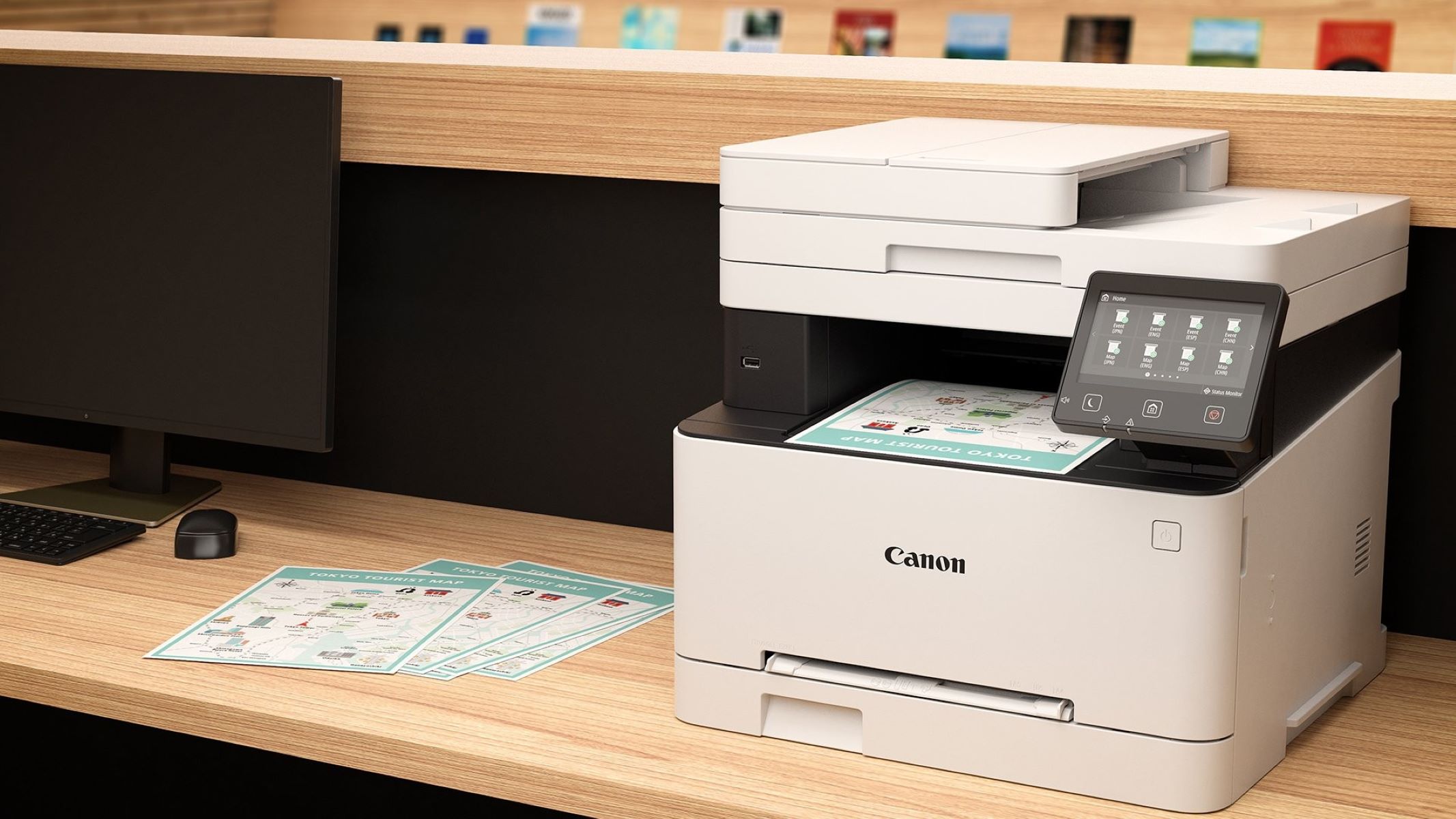

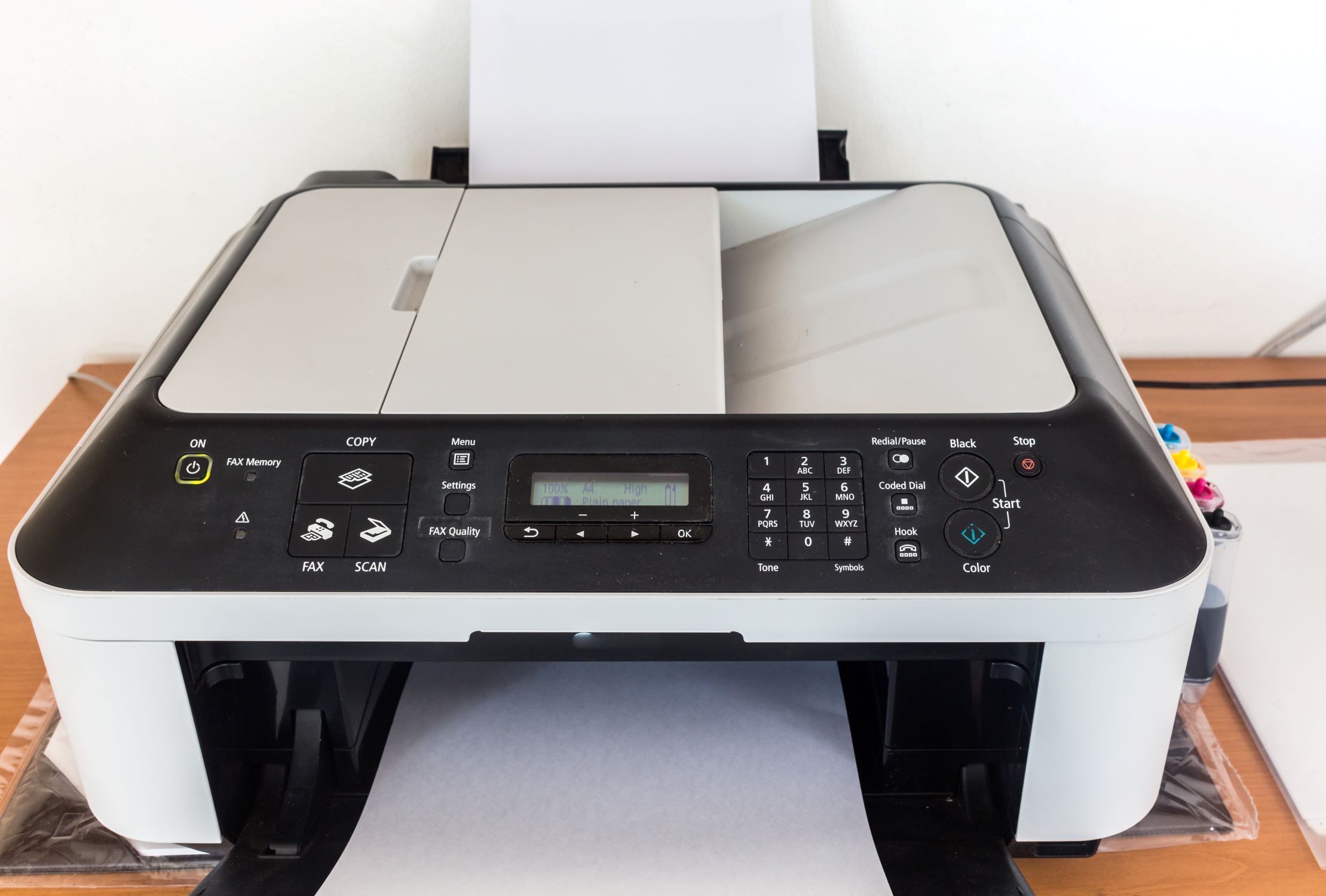

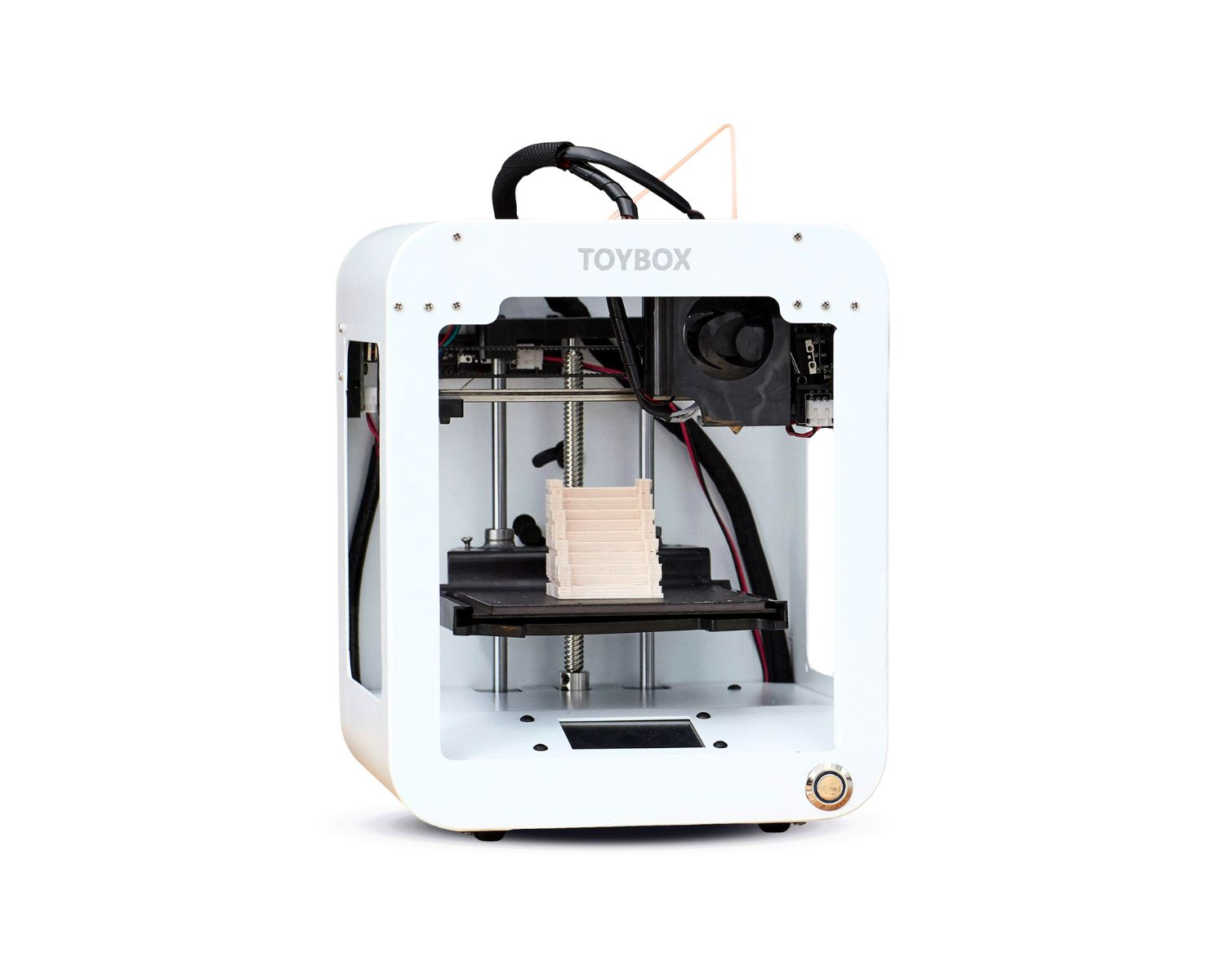
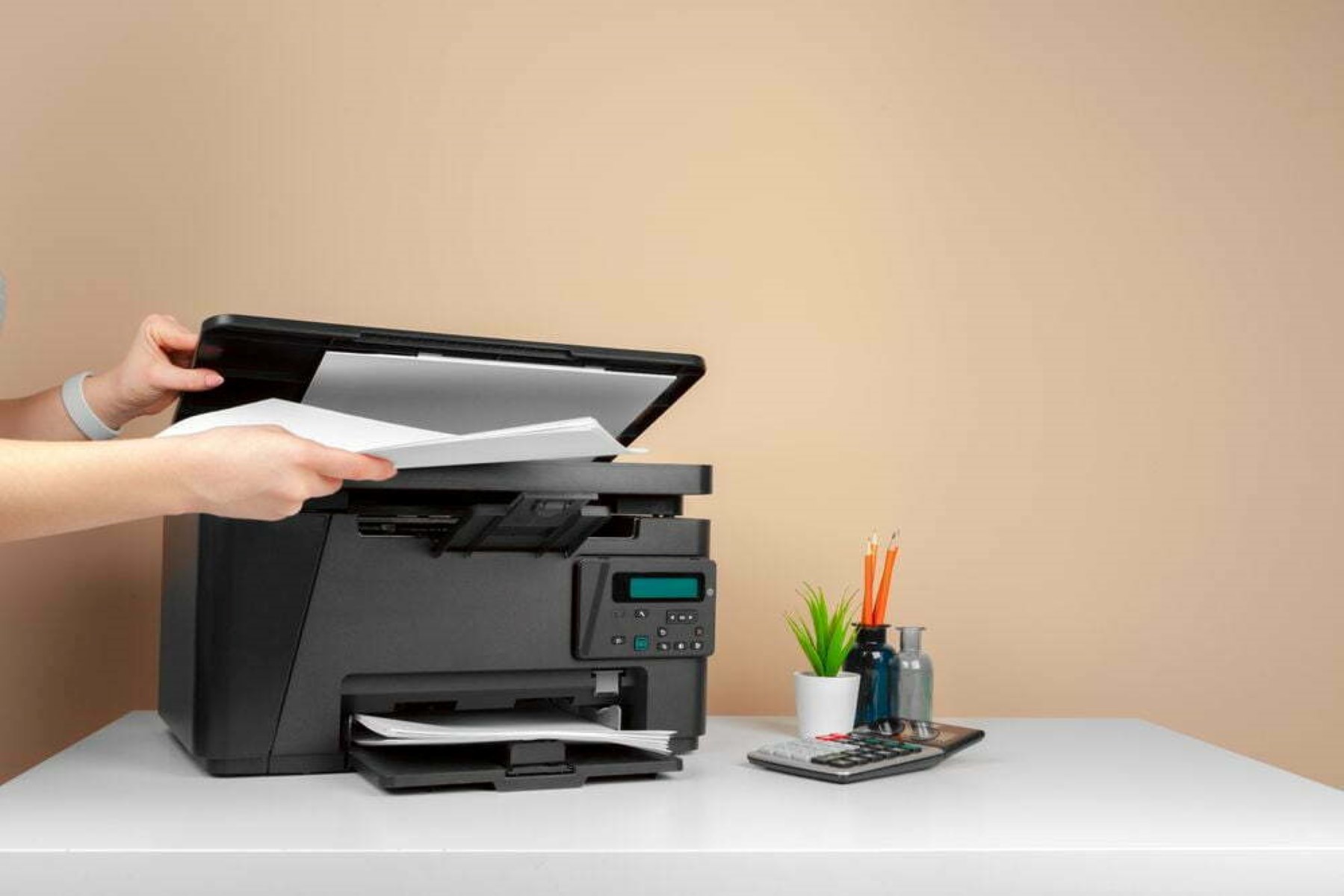
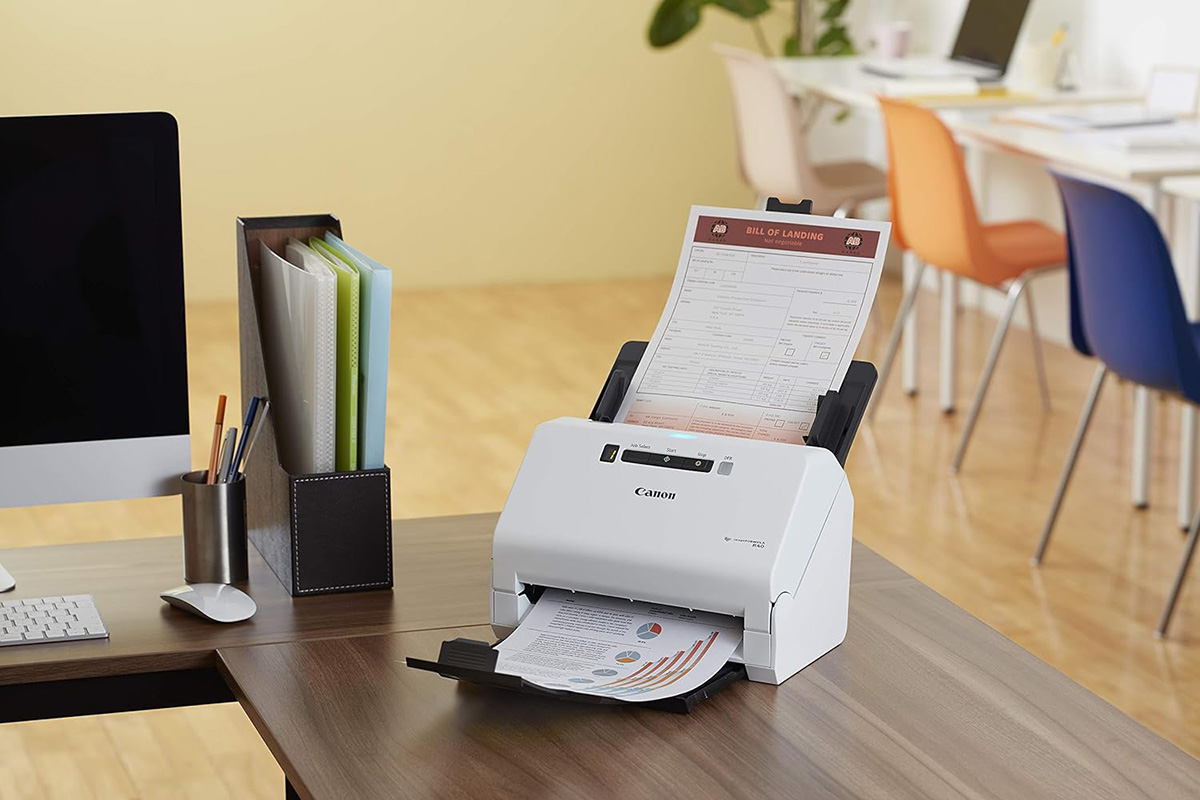
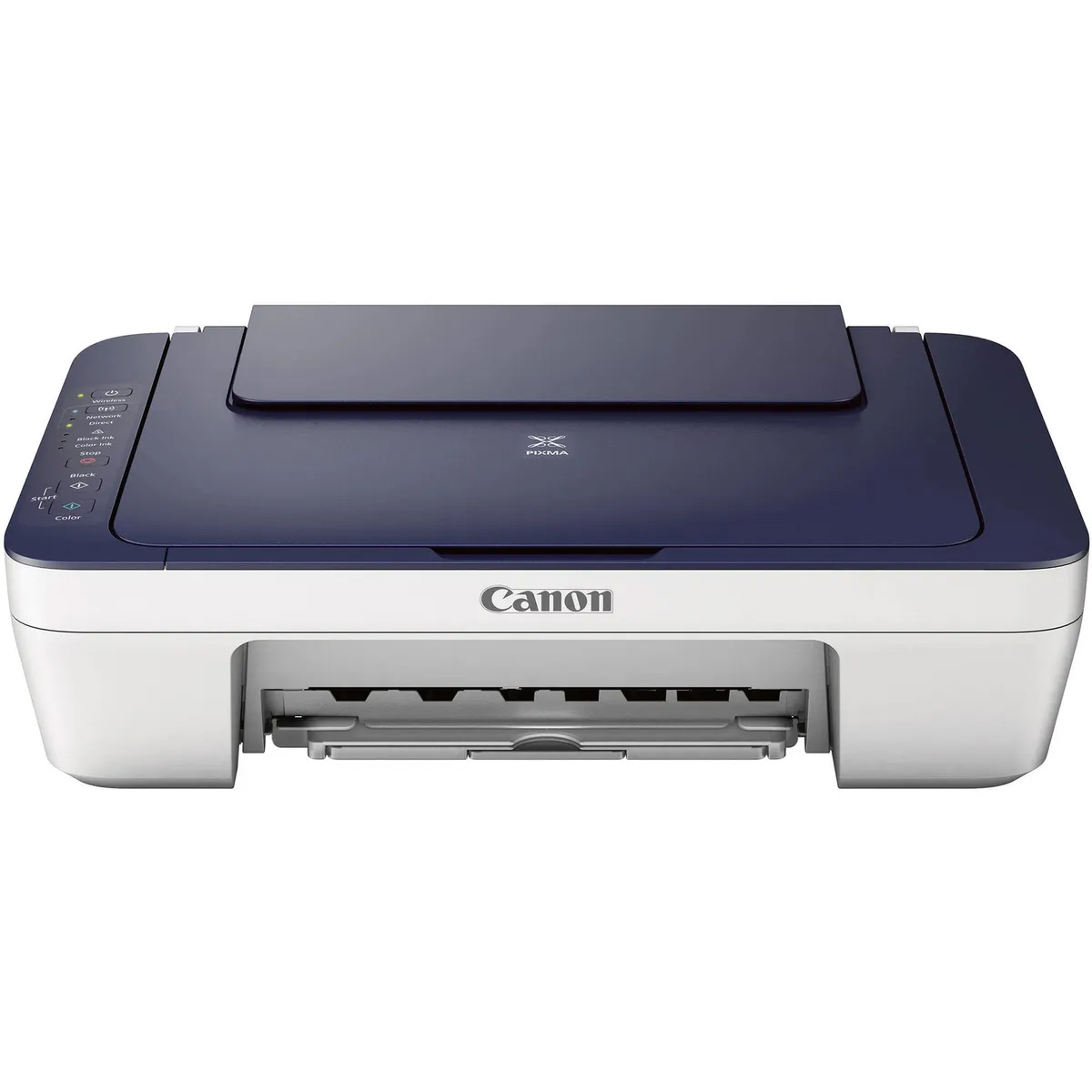

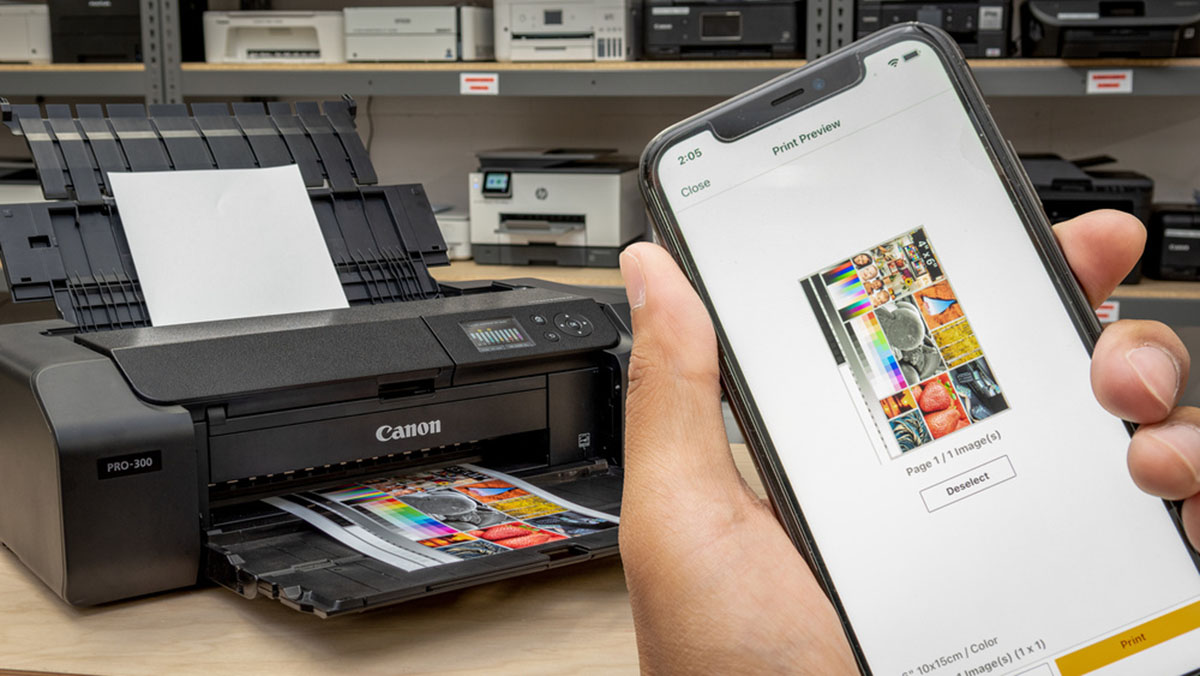
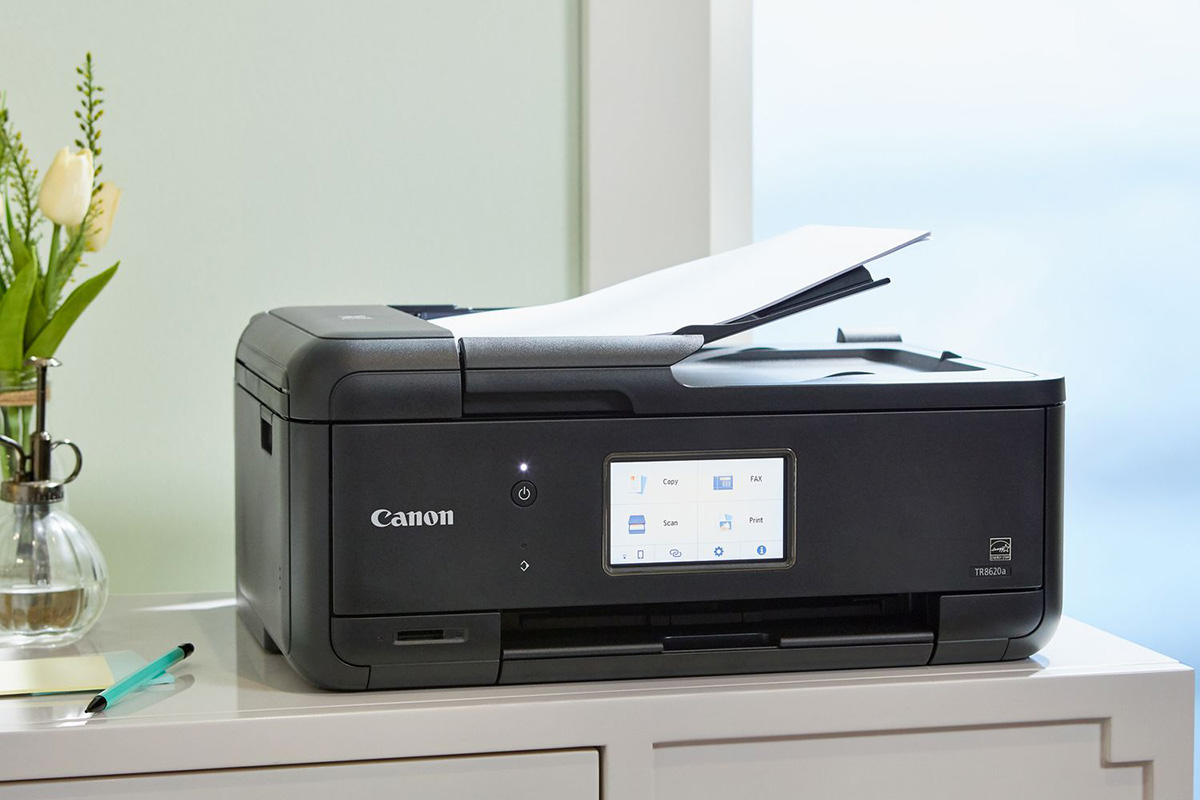

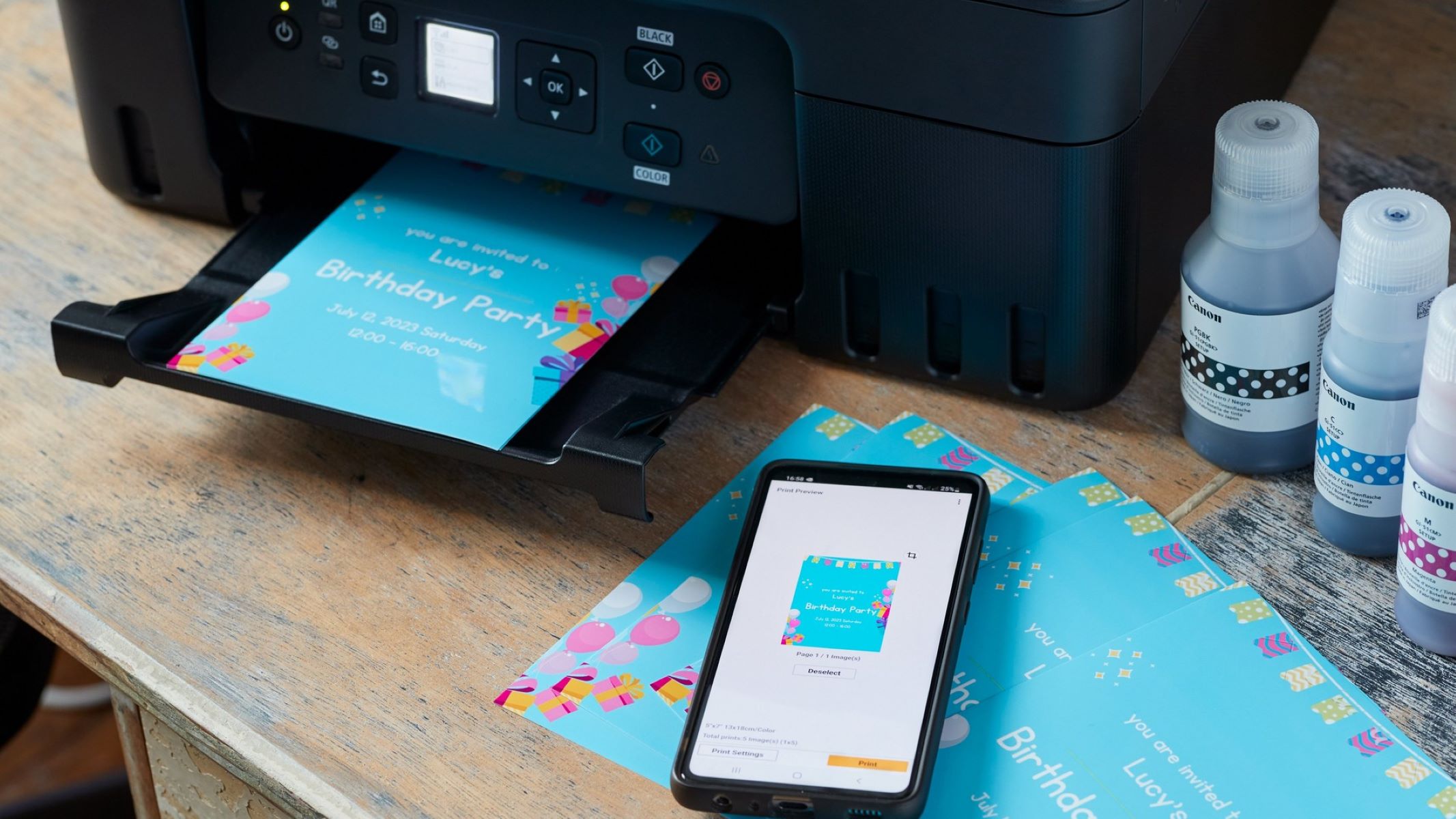
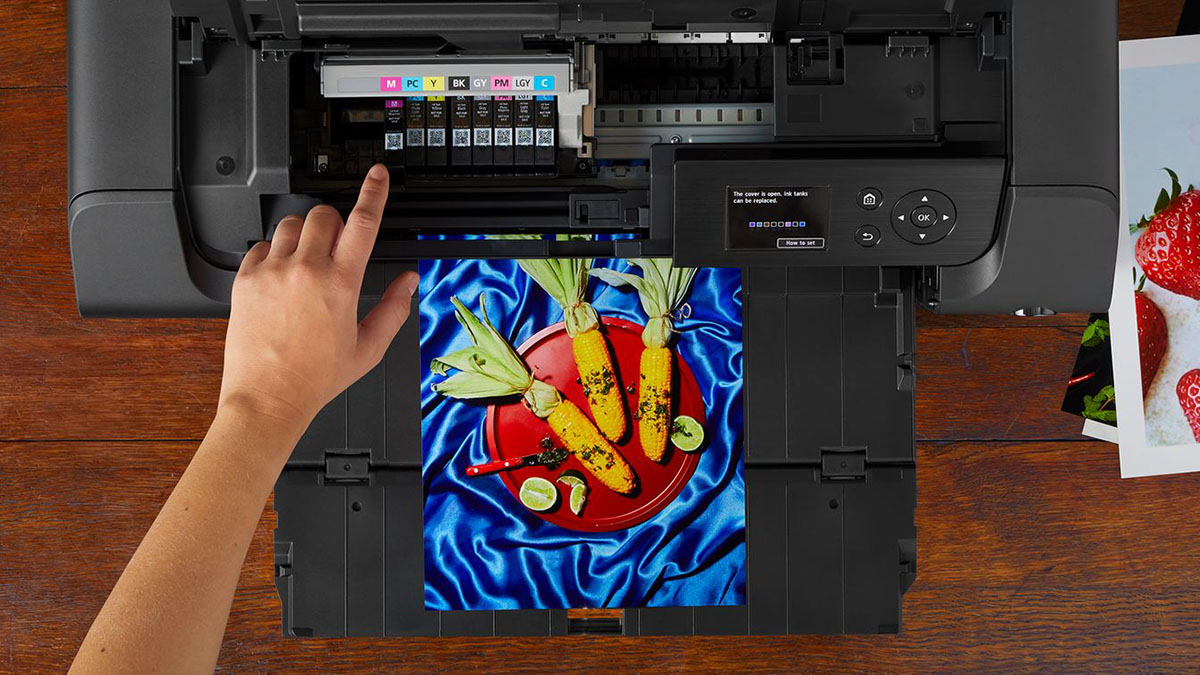

0 thoughts on “How To Calibrate Canon Printer”